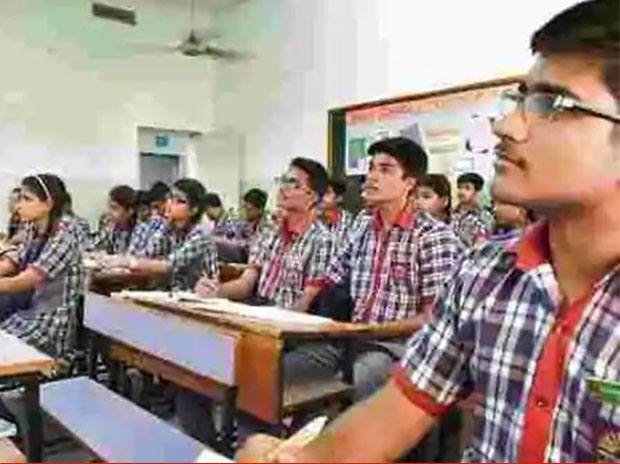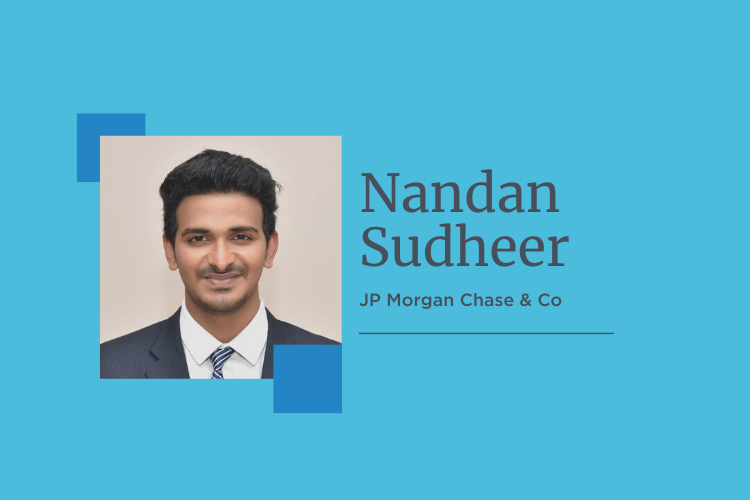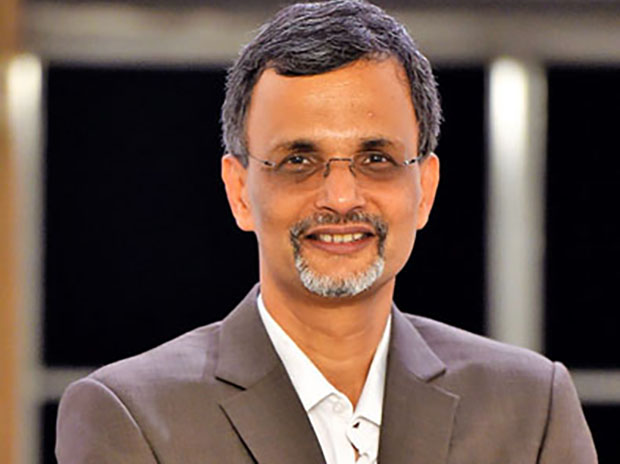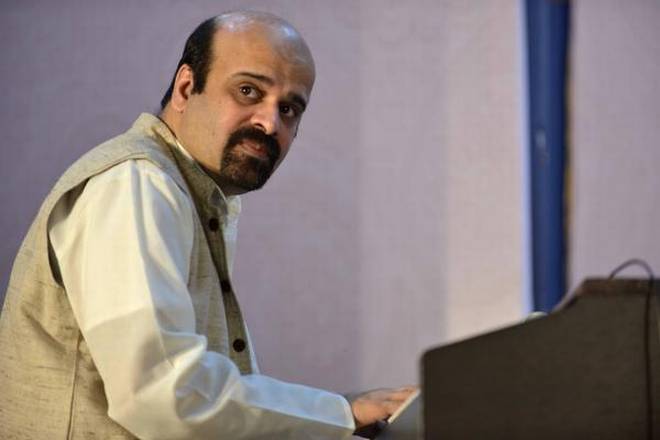Coronavirus and its Impact on the Economy: exploring threats and opportunities
Madhuri Saripalle, Associate Professor, Graduate School of Business, IFMR, Sricity.
The world economy is facing one of its worst crises since a century. Economies across the globe are seeing a sharp contraction in growth caused by the economic lockdown to control the spread of the virus. This has led to a supply shock, reduction in output, employment and consequently, demand. The Indian economy was already facing serious structural issues and facing a downturn, which probably have receded to the background with the more serious threat of the pandemic at hand. Two important questions are: a) when will the economy restart and what will be the sectoral response; b) what policy measures can speed up the recovery process? It is also a time to reset the economy by creating skills and improving productivity through innovation.
To address the first question, as economies restart, there will be varied response across various sectors. For example, industries such as essential goods and services such as drugs and pharmaceuticals, essential health and financial services such as insurance, production of essential foods such as pulses, etc, will see rapid growth, while industries and services which are based on discretionary spend like restaurants, entertainment, tourism will be hard hit. More detailed analysis can be read here and here. The impact of economic slowdown is widespread because almost every sector is dependent on trade and global supply chains. The pandemic is a double whammy on an already existing slowdown in the economy, which is a an area of much more serious concern.
In this article I will analyse the structural imbalances in our trade sector which have got further amplified with the pandemic and explore how these can be addressed.
Lack of diversity in Trade basket-opportunity or threat?
In our trade basket, if we exclude textiles, the exports and imports are concentrated in just a few products. The top 5 commodities constitute 60-70 percent of total exports and imports in India (table 1). It is time to create comparative advantage in labour intensive sectors such as leather, sports goods, automotive ancillaries to increase employment. The pandemic has given us an opportunity wherein supply chains will be re-routed from the manufacturing engine of the world-China to India so that we can prepare ourselves to skill our young workforce and increase productivity in export-oriented sectors.
Table 1: Diversity in Trade basket in India
| S.no. | Commodities | % Share in Exports | % Share in Imports |
|---|---|---|---|
| 1 | Mineral Fuels, Oils and Products | 14 | 32 |
| 2 | Gems and Jewelry | 12 | 12 |
| 3 | Textiles | 10 | 1.4 |
| 4 | Electrical Machinery and Equipment | 5 | 11 |
| 5 | Nuclear Reactors, Boilers and parts | 7 | 9 |
| 6 | Organic Chemicals | 6 | 4 |
| 7 | Vehicles other than railway or tramway | 5 | 1.1 |
| 8 | Pharmaceutical Products | 5 | 0.5 |
| Total | 63 | 71 | |
| Source: EXIM database. Ministry of commerce, GOI | |||
Decline in trade from November 2019: when will green shoots emerge?
The decline in exports and imports started from November 2019 onwards when sectors such as jewellery, textiles, ores and minerals registered fall in exports. Important sectors such as oil, coal, iron and steel, transport equipment and electronic goods declined as well reflecting decreased economic activity. During January-March 2020, with the exception of ore exports and transport equipment imports (mostly railway and locomotives, boats and floating structures), there has been a widespread decline in trade due to supply chain disruptions. As countries emerge from lockdown, there will be revival in economic activity and there should be enough policy measures both on the supply as well as demand side simultaneously for a balanced pick-up in economic activity.








